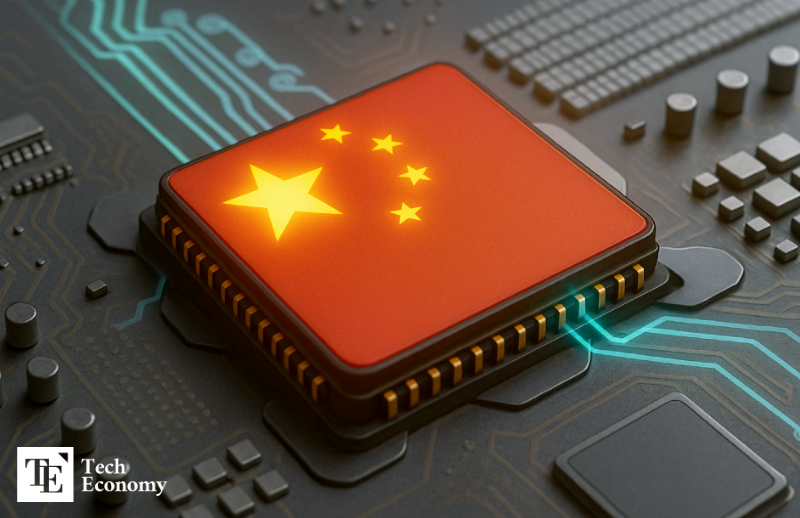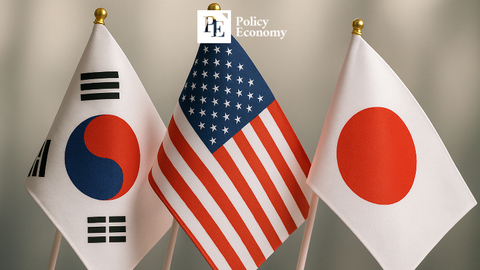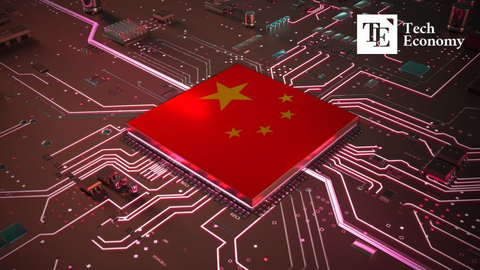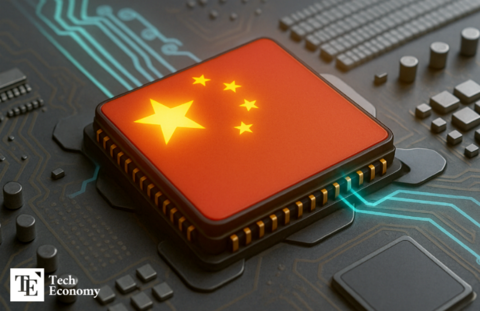China’s Drive for Semiconductor Self-Sufficiency Extends to Core Equipment Domains
Input
Changed
Rapid advancement in Chinese semiconductor equipment technology, qualitative improvements Growing presence in front-end processes with high technological entry barriers Japan losing ground, ceding second place to Europe

China, which has long invested in fostering its semiconductor equipment ecosystem, is beginning to assert its presence in critical equipment segments. In core fields directly tied to semiconductor quality—such as dry etching and physical vapor deposition (PVD)—traditionally dominated by U.S. and Japanese firms, Chinese equipment makers are expanding their market share. While lithography and etching equipment remain the near-monopoly of U.S. giants Applied Materials (AMAT) and Lam Research, the decline of Japanese players, once rivals to the U.S., has become increasingly pronounced. As the quality of Chinese equipment improves, Chinese chipmakers are reducing their reliance on Japanese imports, driving Japan’s global market share in semiconductor equipment down to third place.
Strong Footing in Front-End Equipment Market
According to a report released on September 1 by global investment bank Morgan Stanley, Chinese semiconductor equipment firms have secured a higher-than-expected share in the front-end market. Once negligible, their presence is now tangible: as of late last year, Chinese firms accounted for more than 12% of the global dry etching segment, one of the most vital categories.
Front-end processes involve inscribing circuits on wafers to produce chips, whereas back-end processes refer to packaging and testing completed chips. While advanced packaging has recently gained prominence, front-end remains dominant, requiring state-of-the-art lithography and other advanced technologies, and accounting for the bulk of a semiconductor equipment market worth over $100 billion.
Morgan Stanley data shows NAURA, often dubbed the “Applied Materials of China,” and AMEC each held a 6% share in the global dry etching market. In the PVD segment—another front-end process critical to chip quality—NAURA secured a 12% share. Morgan Stanley interpreted Japan’s market share decline as evidence that Chinese suppliers are encroaching on their traditional domain.
Rising Self-Sufficiency
China’s reliance on imported semiconductor equipment is also steadily diminishing. According to Chinese customs data, imports of U.S. equipment fell 58% between 2020 and the end of last year, while Japanese imports dropped 10.7%. A representative from KOTRA (Korea Trade-Investment Promotion Agency) noted, “Some Chinese firms are improving production stability and quality, intensifying domestic competition,” adding that “companies such as INJET and NAURA are expanding supply to fabs and strengthening their foothold in key component markets.”
By contrast, leading Japanese front-end equipment makers—including Tokyo Electron (TEL), Ebara, Nikon, Hitachi, and Kokusai—have all seen market share erosion. Japan’s global share, which dipped below 30% in 2012, continued to decline, reaching 21.7% at the end of last year. Once co-dominant with the U.S. in the 1990s, Japan has now fallen behind Europe, relegated to third place.
Chinese manufacturers are also making notable technological progress. Firms such as NAURA, AMEC, and ACM Research Shanghai continue to expand R&D and market presence. Domestic self-sufficiency rose to 13.6% last year, with double-digit market share achieved in segments including etching, cleaning, and CMP.
While the technological gap with European leader ASML remains wide, China is pressing ahead with indigenous development. SiCarrier, for example, has developed lithography equipment compatible with 300mm wafers for 28nm nodes and plans to release upgraded tools by 2026 designed to interoperate with systems from ASML and Applied Materials.

U.S. Revokes ‘VEU Status’ for Samsung and SK, Disrupting Chinese Operations
The U.S. government’s recent move to restrict shipments of U.S.-origin equipment to Samsung Electronics and SK Hynix facilities in China underscores these dynamics. On August 29 (local time), the U.S. Department of Commerce revoked the “Validated End-User” (VEU) status previously granted to Samsung, SK Hynix, and Intel, which had exempted them from obtaining individual licenses for U.S. equipment shipments.
Back in 2022, the Biden administration introduced sweeping export controls on semiconductors incorporating U.S. technology but initially granted a one-year waiver for Korean chipmakers’ Chinese plants. The following year, Washington designated them as VEUs, effectively extending the waiver indefinitely. The Commerce Department has now reversed course, removing these firms from the list.
With the revocation, the U.S. aims to block advanced tools from Applied Materials, Lam Research, KLA, and other U.S. suppliers from entering Chinese fabs operated by foreign chipmakers. However, this measure could also complicate facility upgrades at Samsung and SK Hynix plants in China, potentially disrupting operations. For Korean firms, the scenario evokes memories of the LCD industry, where China leveraged its vast domestic market and large-scale investment to seize global dominance, forcing Samsung and LG to relinquish significant market share.






















Comment